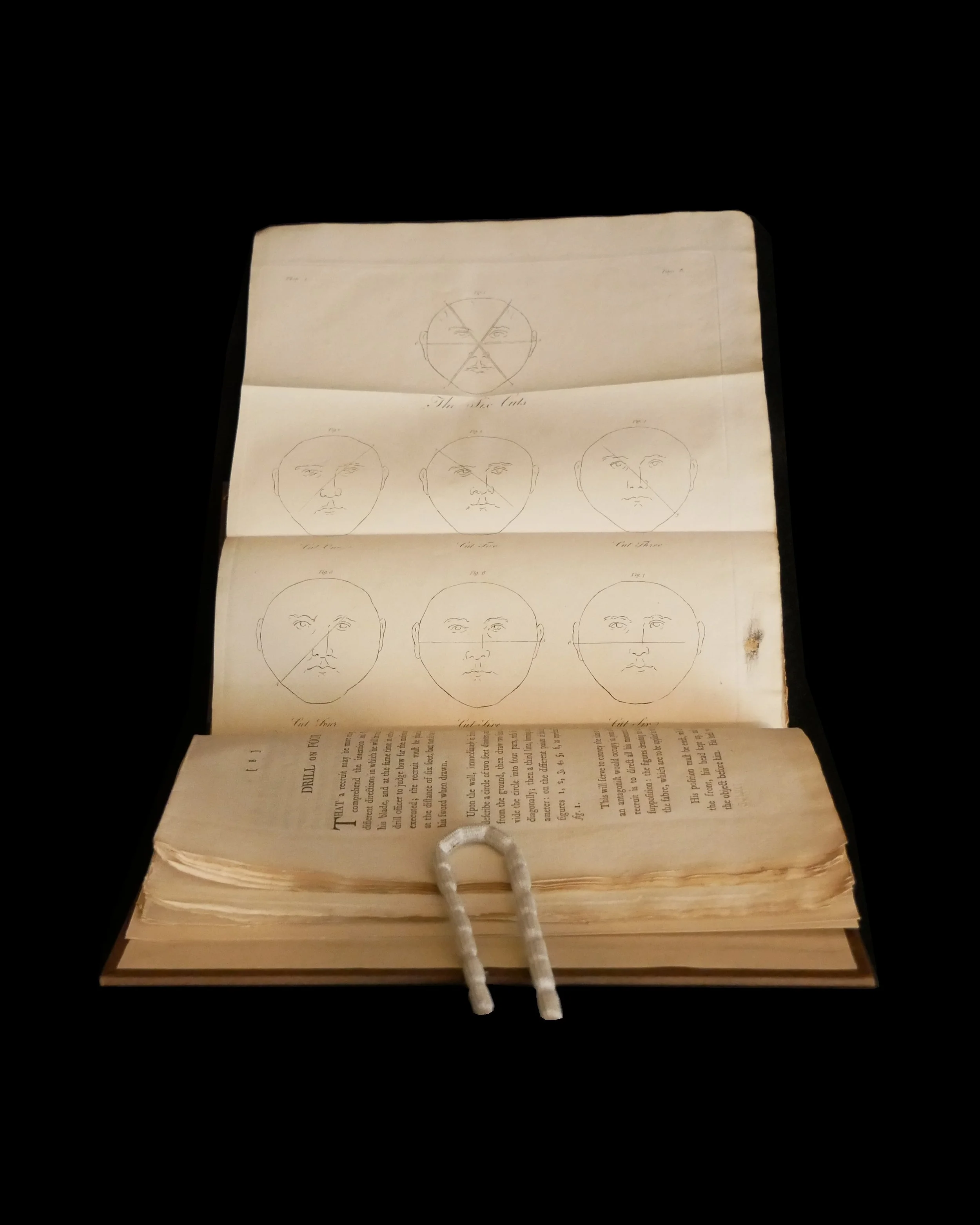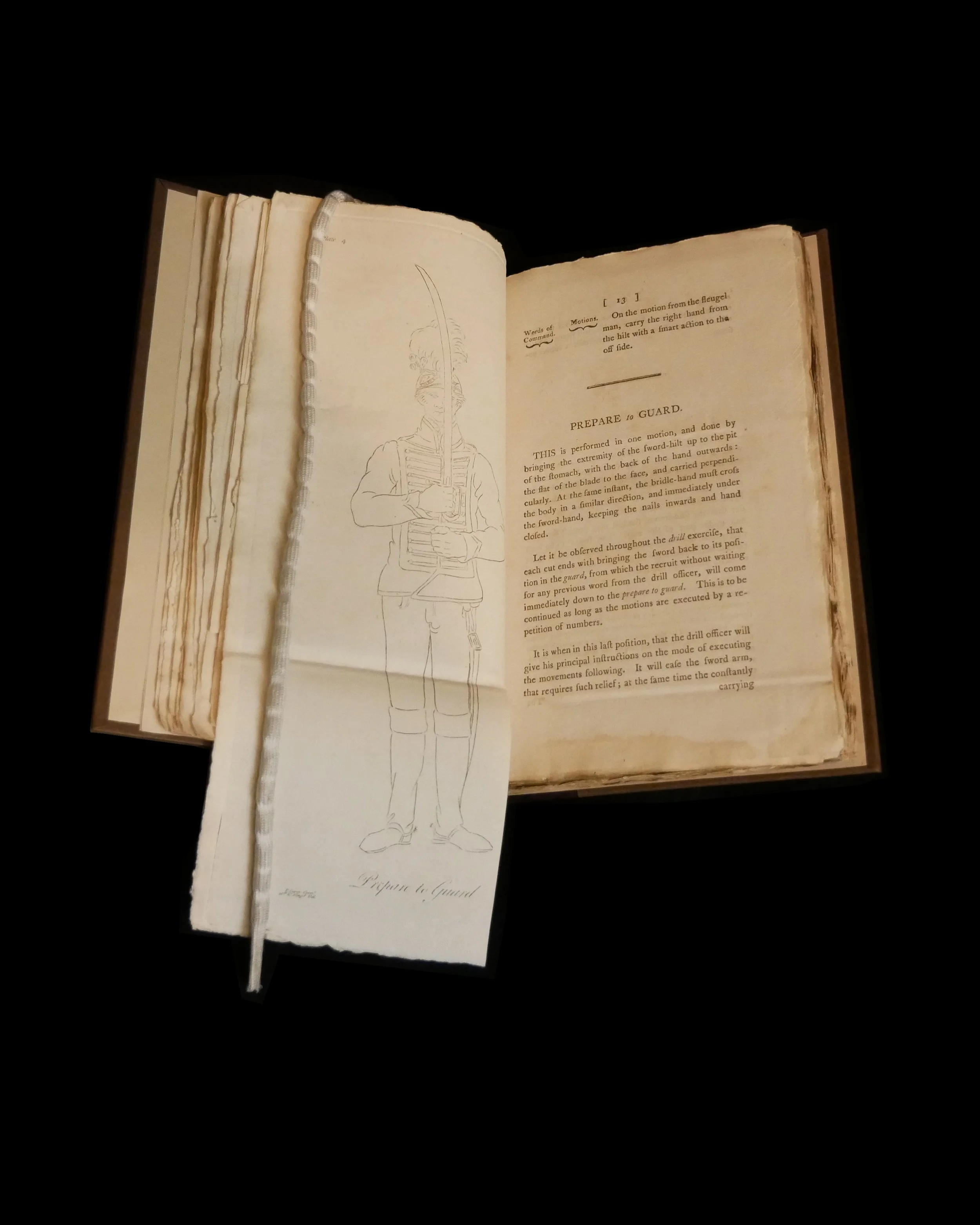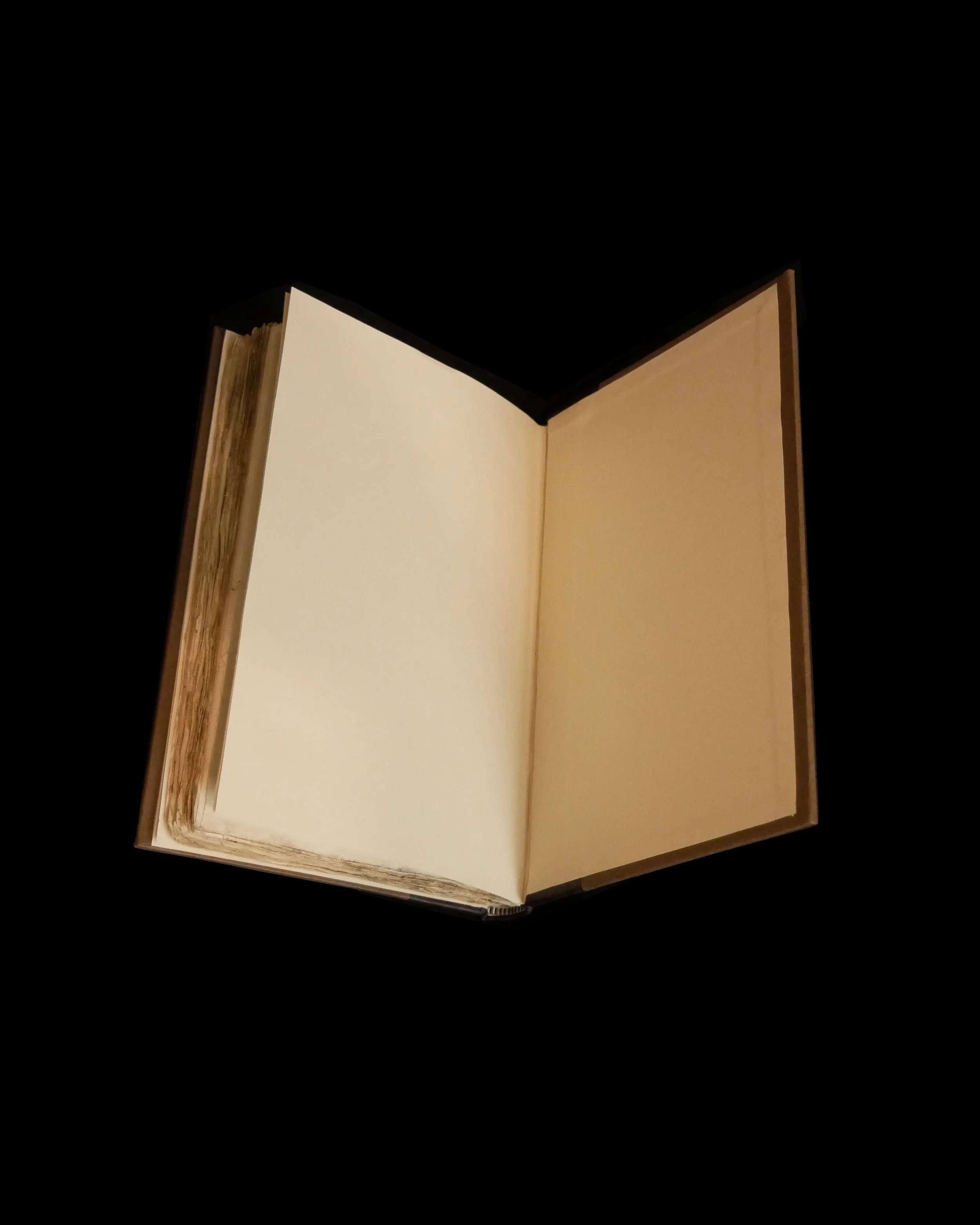 Image 1 of 11
Image 1 of 11

 Image 2 of 11
Image 2 of 11

 Image 3 of 11
Image 3 of 11

 Image 4 of 11
Image 4 of 11

 Image 5 of 11
Image 5 of 11

 Image 6 of 11
Image 6 of 11

 Image 7 of 11
Image 7 of 11

 Image 8 of 11
Image 8 of 11

 Image 9 of 11
Image 9 of 11

 Image 10 of 11
Image 10 of 11

 Image 11 of 11
Image 11 of 11












Le Marchant Rules and Regulations for the Sword Exercise of the Cavalry
Major-General John Gaspard Le Marchant. Rules and Regulations for the Sword Exercise of the Cavalry, printed for the War Office and sold by T. Egerton Military Library Whitehall 1796
1st Edition xii + 98pp + [ii] publ. adverts. Half title present 29 plates mainly folding. Small waterstain to tail of leves. Rebound in calf backed brown boards, gilt lettering to spine.
By His Majesty's command. Adjutant General Office 1st December 1796
ESTC T145189 '[Print] Signed at end: J G L M ie John Gespard le Marchant. With a half-title and a final advertisement leaf
Major-General John Gaspard Le Marchant (1766-1812) was a British Army officer, who has been described as one of the finest British cavalry commanders of his generation. Le Marchant had been inspired to introduce the sword exercise after noting the clumsiness and high rate of injury of the dragoons in the Flanders campaign. He first sought tuition from foreign masters, and consulted sword-cutlers on improved blades. Eventually detachments from every regiment were tutored in his system. In 1799 he submitted to the Duke of York a plan for a national establishment for the instruction of officers, and in 1801 a parliamentary grant was voted for a royal military college (which eventually moved to Sandhurst). Le Marchant was Lieutenant-Governor of the schools until his promotion to Major-General in 1810. He saw active service in the French Revolutionary Wars and the Peninsular War untill his death in 1812, when he was fatally wounded by a musket-ball at the Battle of Salamanca
Major-General John Gaspard Le Marchant. Rules and Regulations for the Sword Exercise of the Cavalry, printed for the War Office and sold by T. Egerton Military Library Whitehall 1796
1st Edition xii + 98pp + [ii] publ. adverts. Half title present 29 plates mainly folding. Small waterstain to tail of leves. Rebound in calf backed brown boards, gilt lettering to spine.
By His Majesty's command. Adjutant General Office 1st December 1796
ESTC T145189 '[Print] Signed at end: J G L M ie John Gespard le Marchant. With a half-title and a final advertisement leaf
Major-General John Gaspard Le Marchant (1766-1812) was a British Army officer, who has been described as one of the finest British cavalry commanders of his generation. Le Marchant had been inspired to introduce the sword exercise after noting the clumsiness and high rate of injury of the dragoons in the Flanders campaign. He first sought tuition from foreign masters, and consulted sword-cutlers on improved blades. Eventually detachments from every regiment were tutored in his system. In 1799 he submitted to the Duke of York a plan for a national establishment for the instruction of officers, and in 1801 a parliamentary grant was voted for a royal military college (which eventually moved to Sandhurst). Le Marchant was Lieutenant-Governor of the schools until his promotion to Major-General in 1810. He saw active service in the French Revolutionary Wars and the Peninsular War untill his death in 1812, when he was fatally wounded by a musket-ball at the Battle of Salamanca
